- News
- Reviews
- Bikes
- Accessories
- Accessories - misc
- Computer mounts
- Bags
- Bar ends
- Bike bags & cases
- Bottle cages
- Bottles
- Cameras
- Car racks
- Child seats
- Computers
- Glasses
- GPS units
- Helmets
- Lights - front
- Lights - rear
- Lights - sets
- Locks
- Mirrors
- Mudguards
- Racks
- Pumps & CO2 inflators
- Puncture kits
- Reflectives
- Smart watches
- Stands and racks
- Trailers
- Clothing
- Components
- Bar tape & grips
- Bottom brackets
- Brake & gear cables
- Brake & STI levers
- Brake pads & spares
- Brakes
- Cassettes & freewheels
- Chains
- Chainsets & chainrings
- Derailleurs - front
- Derailleurs - rear
- Forks
- Gear levers & shifters
- Groupsets
- Handlebars & extensions
- Headsets
- Hubs
- Inner tubes
- Pedals
- Quick releases & skewers
- Saddles
- Seatposts
- Stems
- Wheels
- Tyres
- Health, fitness and nutrition
- Tools and workshop
- Miscellaneous
- Buyers Guides
- Features
- Forum
- Recommends
- Podcast
feature
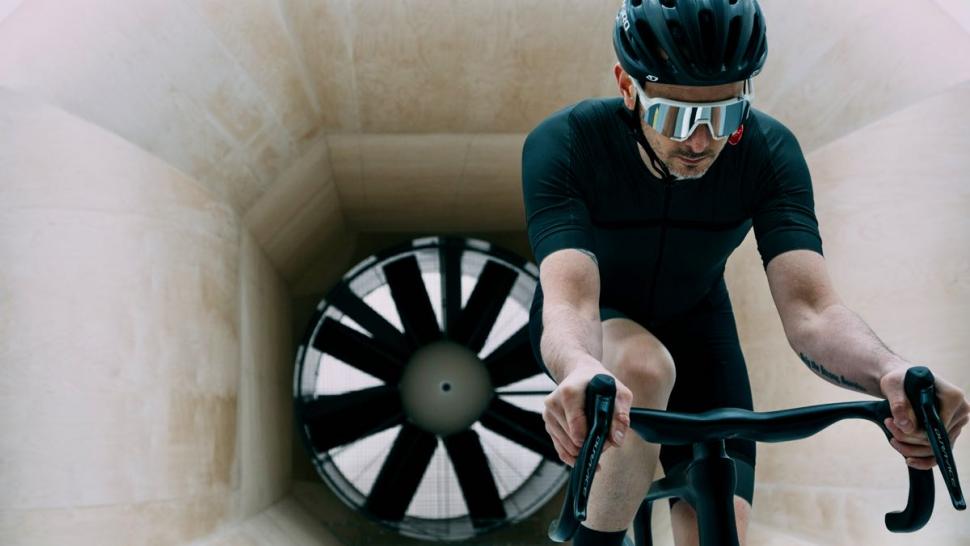 2022 Ribble Ultra SL R wind tunnel testing - 1.jpeg
2022 Ribble Ultra SL R wind tunnel testing - 1.jpeg2021 bike tech in numbers: it has been an incredible year for statistics!
If you believe the PR, every new bike that’s launched is lighter than the previous version, stiffer than its rivals, and more aerodynamically efficient than anything already out there, and there’s always an impressive-sounding statistic to prove the point. We’ve seen more hard-to-verify statistics from the bike industry than ever before in 2021; an increase of 20.7% over 2020, according to our i̶m̶a̶g̶i̶n̶a̶t̶i̶o̶n̶ research.
Who was shouting stats the loudest in 2021? Well, Ribble Cycles had a lot to say about its new Ultra aero road bike. The Ultra’s design brief was to be “the fastest aero road bike in the real world”.
The profile of the head tube has been extended with a long trailing edge that is said to improve aerodynamics at higher yaws, while a 68mm deep and 15mm wide fork proved to be the clear winner across the full range of yaw and started to generate thrust from 5°, according to Ribble. Strong start.
Ribble measured the Ultra against its existing Endurance SL R aero road bike and claims a 54.9-second advantage over 40km (25 miles), averaging 5° and 10° yaw for the Ultra at a “more average road cyclist speed of 22mph”, and a 50.25-second advantage at a “pro rider’s 29mph”.
Lots of numbers: good. The suggestion that any bike moving at 22mph won't cover a given distance in exactly the same time as another bike moving at 22mph: not so good.
Ribble says that adding the Ultra’s new handlebar saves more time. Averaging 5° and 10° yaw over 40km (25 miles), you’re looking at a saving of 75.05 seconds over the Ribble Endurance with a Level handlebar at 22mph. The Ultra’s advantage at 29mph is 61.4 seconds.
Phew! That's a blistering pace set by Ribble.
The seatstays previously met the seat tube at the same level as the junction with the top tube but they’re now far lower. Plus, Merida says that the aerodynamically optimised head tube shape was first seen on the Reacto, while the wide bend fork blade also helps reduce drag.
With all this, Merida claims the new Scultura requires 224.5 watts to hold 45km/h (28mph) compared with the 234.3 watts of its predecessor while staying below 7kg in a race-ready setup. By fitting even more aero optimised wheels and tyres, the power required to maintain 45km/h could be reduced to a staggeringly low 217.7 watts at 45km/h. Textbook use of 0.5, 0.3 and 0.7 watts there. Using decimals sounds so much more impressive than whole numbers.
Great stuff about all those aero gains, but we can’t be having a climber's bike that’s more aero than an aero bike. Merida clarifies that the 2022 Scultura has a resistance that’s 10 watts higher than that of its Reacto aero road bike (in other words, achieving 45km/h would require that you put in an extra 10 watts on the Scultura) when both are fitted with 60mm deep aero wheels.
Pinarello, the Italian supplier of bikes to Ineos Grenadiers, finally launched the Dogma F which took over from the Dogma F12 as its top-level road bike just in time for the Tour de France. Guess what? It was also lighter and more aero than before…
The Dogma F frame is 9% lighter than the F12 and the fork is 16% lighter, bringing the Dogma F Disc frame kit (including seat post, headset, fork, and Talon cockpit) to 265g (21%) lighter than the F12, while also being 12% stiffer around the bottom bracket.
That's percentage porn right there.
Pinarello claims the disc brake version is “4.8% more aerodynamic” than the equivalent Dogma F12, while the rim brake version is 3.2% more aero.
Filth.
Sometimes, just sometimes, we’re left reeling by a brand's wonder-claims.
Leading the way this year was Trek with the launch of its new Speed Concept triathlon bike. Its new IsoSpeed decoupling system was included to add comfort and reduce fatigue... and Trek's big claim is that the new version is a whopping 40% more comfortable than the previous iteration.
First off, we’re sorry for anyone who had to ride that 40% less comfortable bike. Maybe it’s okay because the new model is a floating machine… Next, Trek doesn't say how you determine that a bike is 40% more comfortable than another one but what it does tell us is that the IsoSpeed pivot has been moved forward "in order to match the forward weight bias of triathletes." This 40% more comfortable bike is gonna cost you though: £12,100, please.
It’s not just the big bike brands who’ve been dishing out the staggering stats. TrainerRoad’s new AI-powered Adaptive Training Platform has been in a closed beta testing phase for most of the year just so that the developers could treat us with some enticing stats to lure us onto the platform when it was officially released, which was last month.
The training system platform aims to account for variability in training, automatically adjusting to external factors such as a missed training session, time away from the bike or an increase in functional threshold power (FTP), so it’s “able to recommend the workout each athlete needs at the right time to reach their goals.” Sounds pretty helpful we admit, and the brand is claiming some impressive results.
Out of everything on this page, these stats perhaps have the most tangible benefits. Judging the intensity of a session wrong can be such a downer so you’ll be pleased to hear you’re less likely to fail a workout, with TrainerRoad’s testing revealing a 50.45% decrease. Adapted workouts were also found to have a 38% lower failure rate than non-adapted workouts and users with AT enabled were 20% more likely to increase their W/kg.
Met was shouting about the aero improvements to its updated Manta helmet as a result of a new lower and tube-shaped profile at the rear, all while also incorporating MIPS-C2 safety tech.
Four watts, that’s how much Met was boasting. That’s the saving you’ll get over the previous Manta but only at a 77-degree angle though. Yes, exactly 77, because at 65 degrees that’s knocked down to a 3-watt saving. All these stats refer to the mean drag saving Met claimed following wind-tunnel testing at 33km/h, 50km/h and 80km/h with no side wind, for a good mix of conditions we don't usually ride in.
Met wasn’t the only helmet brand talking in small watt savings, though. Kask launched its Wasabi helmet with adjustable airflow channels to open up the helmet to all-season riding, and for all those nervous about losing out on aero gains, it clarified that the channels don’t really make much of a difference - which is, of course, a positive for this particular launch.
Kask claims that the difference between the helmet vent being opened and closed is less than the equivalent of one watt at 50km/h, and wind tunnel testing is said to confirm the Wasabi is one the fastest helmets out there – although it's not as fast as its own Utopia, the brand was quick to add.
Muc-Off was dropping Ludicrous claims. Not necessarily over-the-top ones, just ones about its latest lube which it curiously named Ludicrous AF. Calling it “the world’s fastest lube”, Muc-Off’s big claim was that it offers 18% less power consumption than the nearest competitor.
The proprietary formula, according to Muc-Off, has self-lubricating capabilities and synthetic polymers that aid durability for long-lasting and repeatable performance. "As the chain is used, the molecules react with the surface of the chain, leading to the creation of a fluid sheer plane which helps to reduce friction and thus power loss."
Pirelli wasn’t just talking about the massive weight savings it had made to its new SmarTUBE inner tubes, the Italian tyre specialists went big with its space-saving promises for those that carry tubes in their jersey pockets. Oh yes, more space for nutrition to nom on rides.
The new inner tubes made of TPU are claimed to save “almost 50% of the space in your pockets” as well as up to 70% of the weight of a standard butyl tube, with the 23mm narrow P Zero version coming in at a claimed weight of just 35g.
Pricing its all-new computer mount at a whopping £175, Silca had a lot of making up to do in the stats department (no, not fabricating facts, just the hugging things out sort) to justify the high cost of its 3D-printed titanium offering. The idea is that by 3D-printing the latticework design Silca has been able to increase the strength and save weight.
“We’re using a stress skin design concept,” Silca explains. “The load is all in the top and bottom skins, then you connect them with struts and you end up with a part that’s 15% lighter but somewhere in the order of six to 12 times stronger than any of the other products on the market.”
The mount weighs as little as 27g and, wow, 12 times stronger. Yep, that’s definitely a big improvement. But, it's as if they’re improving something that all other brands realised didn’t need to be worked upon… hence such a staggering difference in numbers. We can certainly say we've not had particular problems with the strength of existing computer mounts, but maybe you have?
Looking to set “new standards in aero and speed”, British cycling apparel brand Le Col went in deep, co-developing its new Project Aero cycle clothing collection with the help of McLaren’s aerodynamicists. It had some big numbers to boast about from the collab and also a target for you to sit at if you want to reap the benefits.
Wind tunnel tested and validated by McLaren, the new Aero Speedsuit is claimed to have tested 32 seconds faster than World Tour-leading speedsuits over 40km at 300w. At least, Le Col didn’t try to say you had to prove you can hit that pace to be allowed to unlock and buy the kit, unlike one brand did this year… which fully led to a swift about-turn.
Strava told us that 17% of the UK population are “active users” of their system. If true, that’s one in six of us. If it’s not you, your partner or any of the three kids, it has to be the bloke who came around to fix the boiler. I think that’s how it works.
Continental was shouting about its new Grand Prix 5000 S TR (tubeless-ready) tyre that’s said to be lighter, faster, stronger, (yes, the big three in tyre terms! Apart from maybe grippier) and, what's more, they're also easier to mount than the existing Grand Prix 5000 TL, and are now compatible with hookless rims.
Fans of statistics will be pleased to know that the 25mm version is 20% faster than the equivalent 5000 TL, according to the German brand, 50g lighter thanks to its two-ply structure, as well as providing 28% more sidewall protection - great stuff! Continental restrained themselves, though, and didn’t give us a percentage for how much easier it’ll be to mount.
Here's looking forward to a stat-tastic 2022!
Anna has been hooked on bikes ever since her youthful beginnings at Hillingdon Cycle Circuit. As an avid road and track racer, she reached the heady heights of a ProCyclingStats profile before leaving for university. Having now completed an MA in Multimedia Journalism, she’s hoping to add some (more successful) results. Although her greatest wish is for the broader acceptance of wearing funky cycling socks over the top of leg warmers.
Latest Comments
- Hirsute 30 min 35 sec ago
Just noticed sjs cycles have reduced prices on winter tyres, although I'm too far south to make use of them. https://www.sjscycles.co.uk/winter-tyres/
- Steve K 38 min 20 sec ago
It may just be the picture angle, but it doesn't look like those bike docks would fit a bike with a pannier rack. And certainly not a cargo bike.
- Rendel Harris 39 min 48 sec ago
She was still there in Greenwich when I cycled past her on Wednesday!
- Rendel Harris 50 min 17 sec ago
It's obviously a very personal thing but if I was in the market at your budget I would take a serious look at the Ribble AllRoad SL Pro, currently...
- Hirsute 2 hours 41 min ago
No driver involved https://www.gazette-news.co.uk/news/24728452.car-crash-station-way-colch...
- chrisonabike 3 hours 6 min ago
On the last that's also a problem of success in many ways and I don't think is fixable by "more of the same". Roads attract motoring - better...
- hawkinspeter 3 hours 19 min ago
The kind of common sense that associates global financial crises and recession with a need to cut back on libraries and allow unlimited banker...
- hawkinspeter 4 hours 32 min ago
To be charitable to the police (though I wonder why I should), they're acting on a specific complaint raised by the motorist and so are doing their...


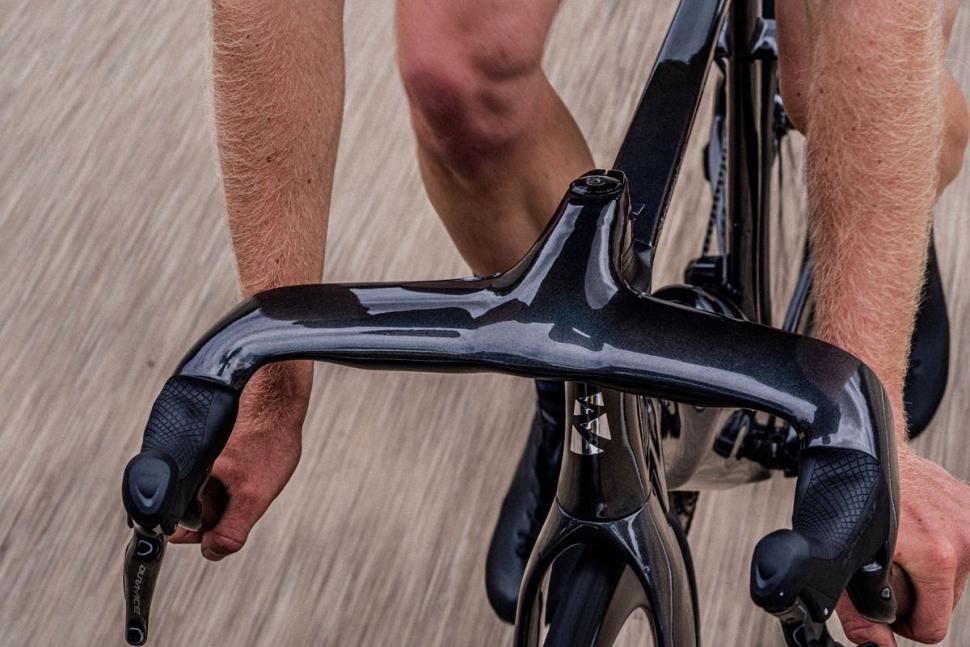
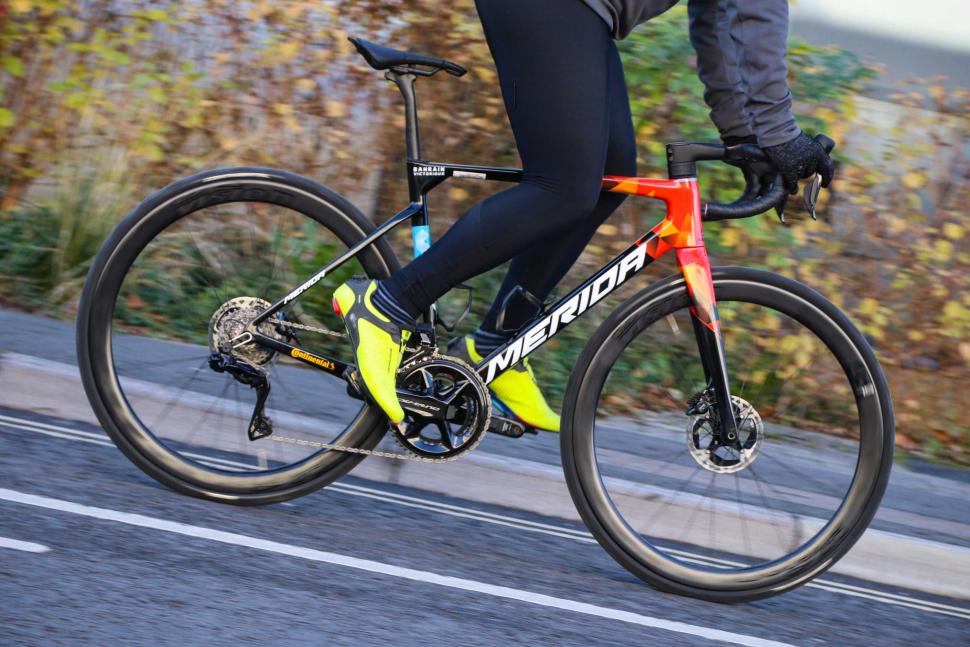
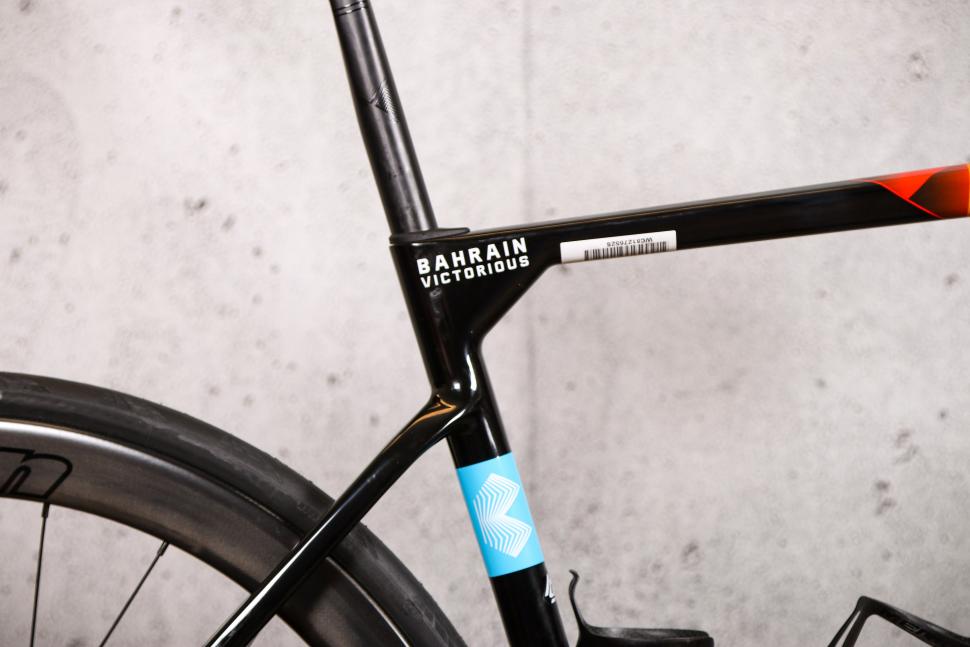
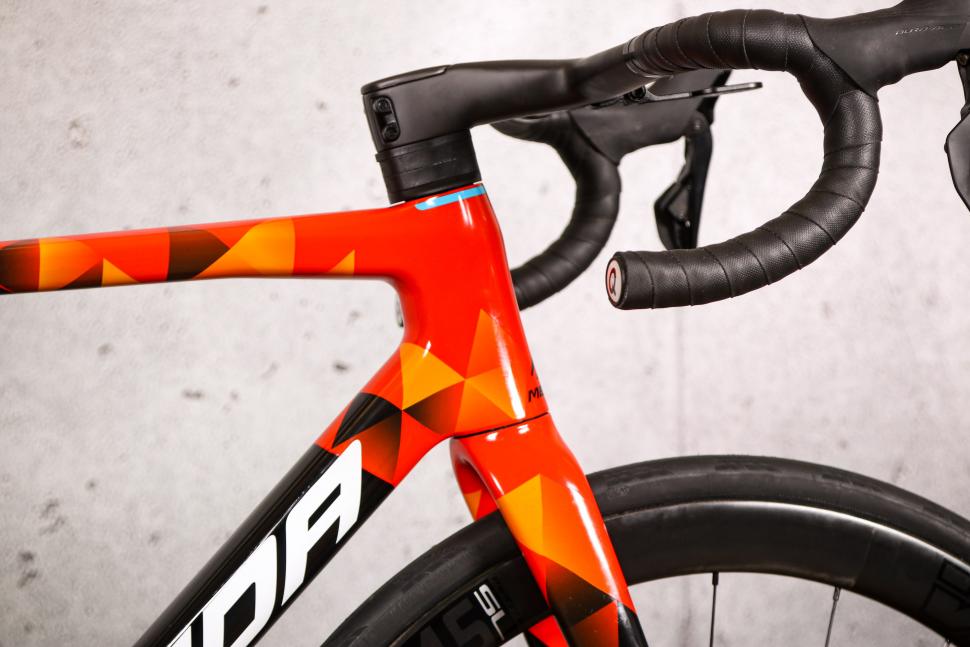
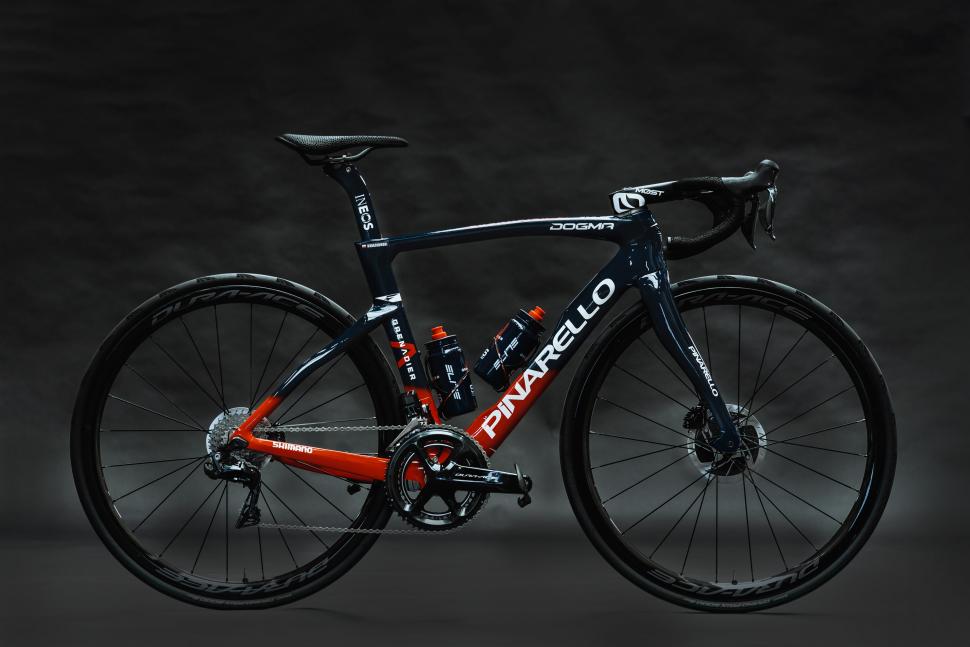
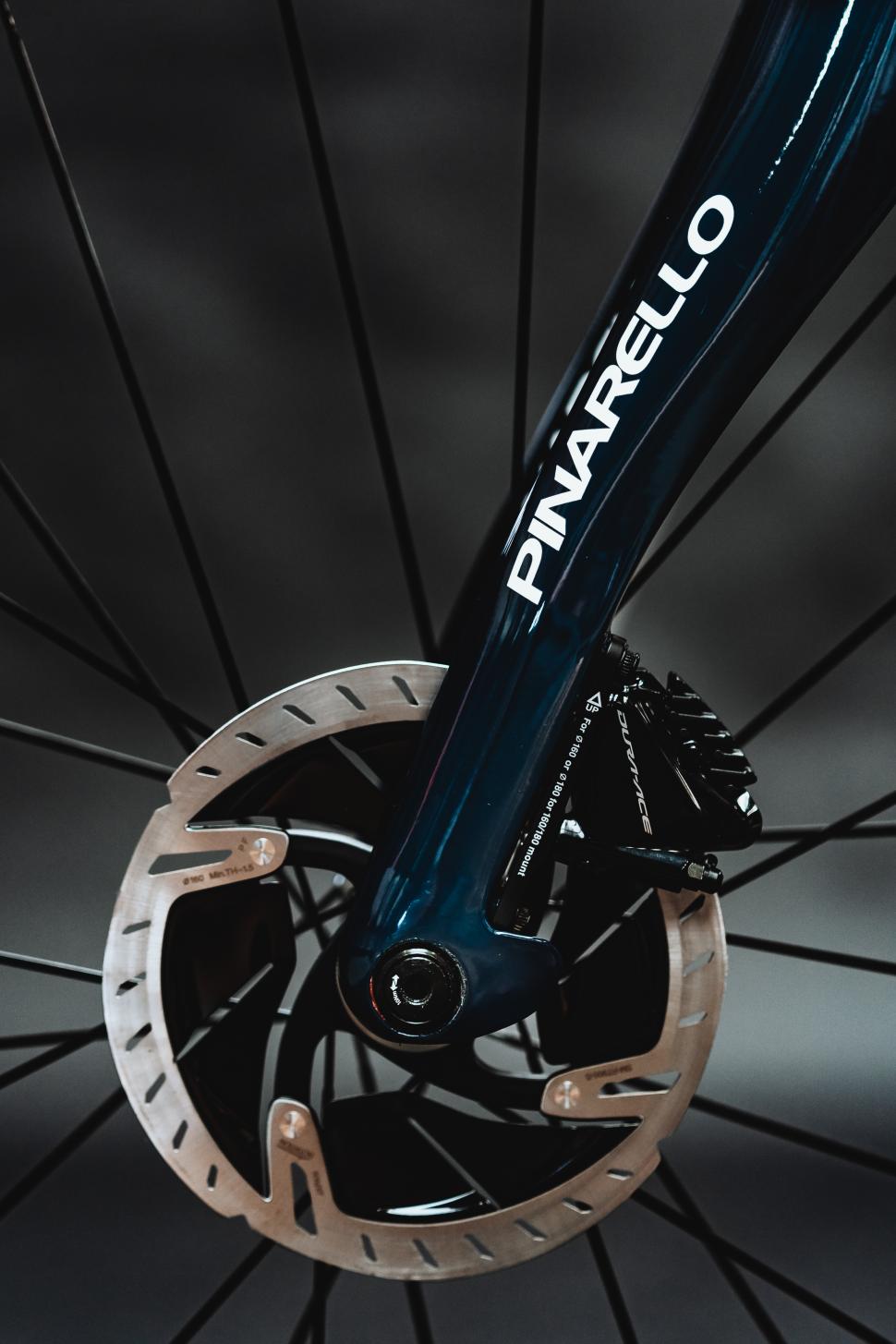


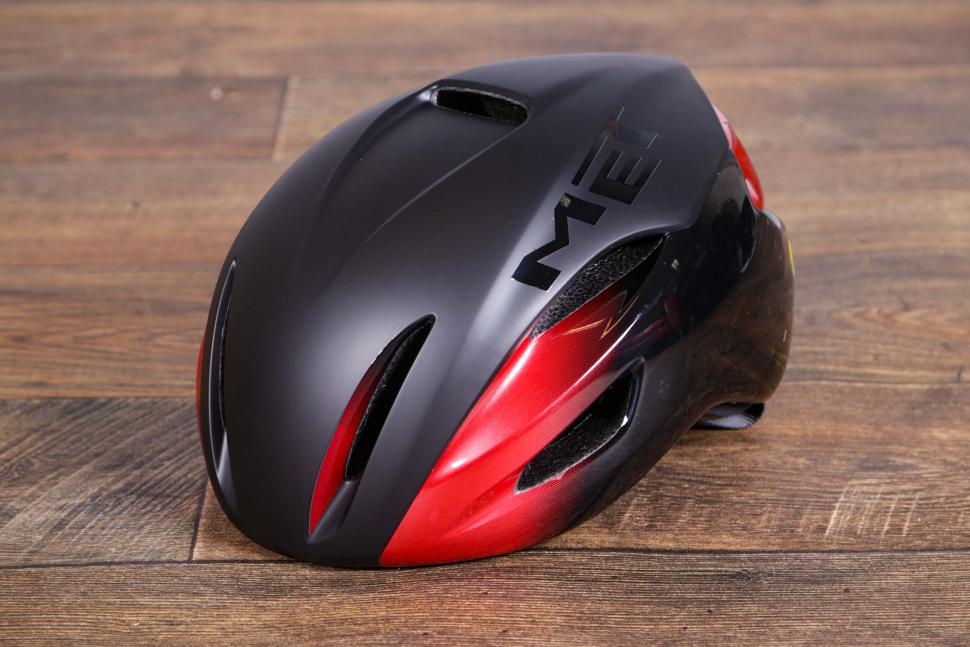
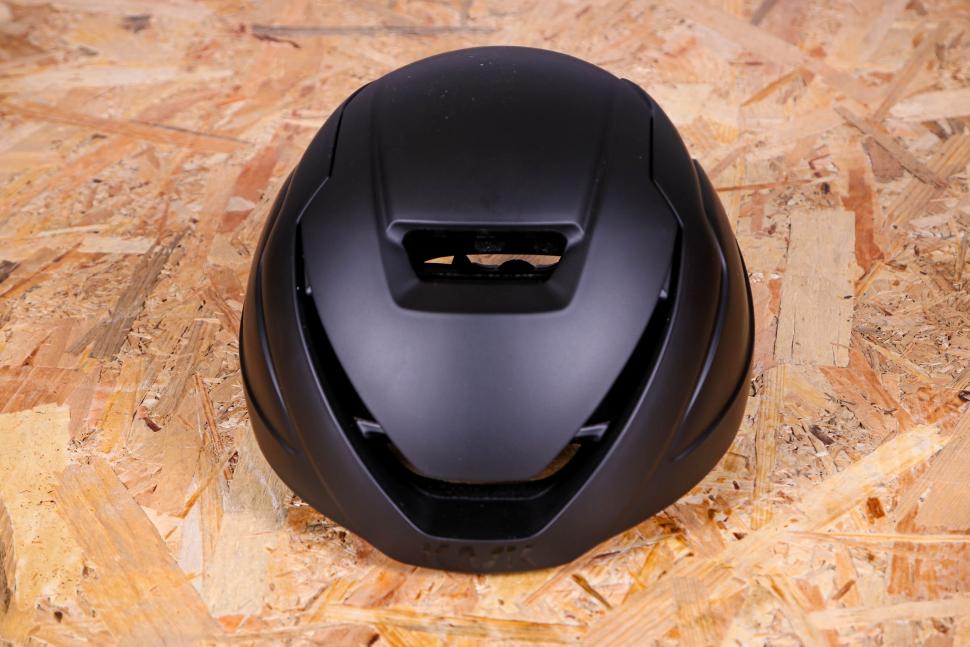
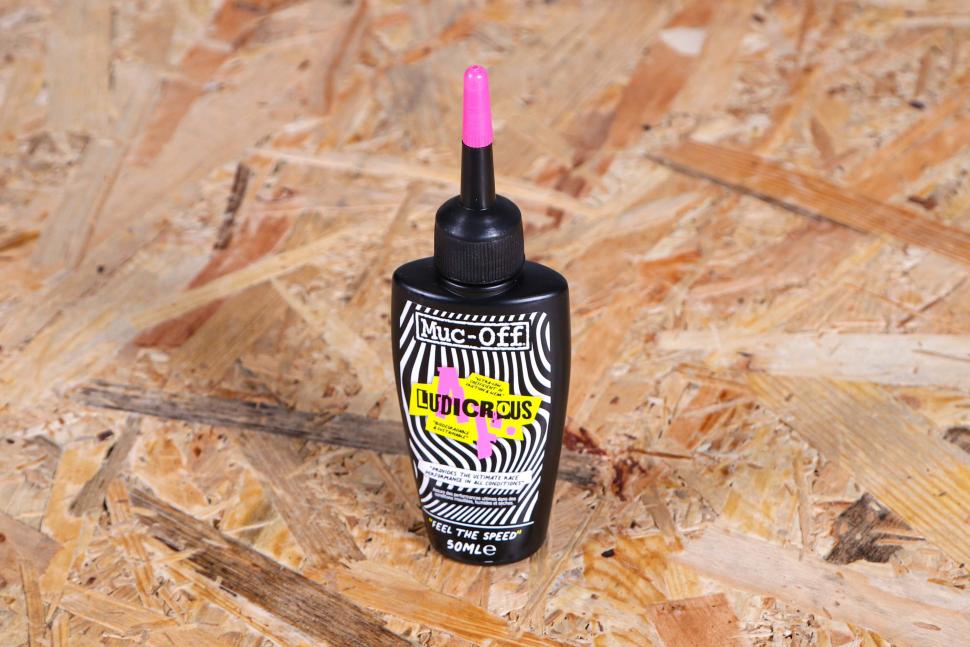
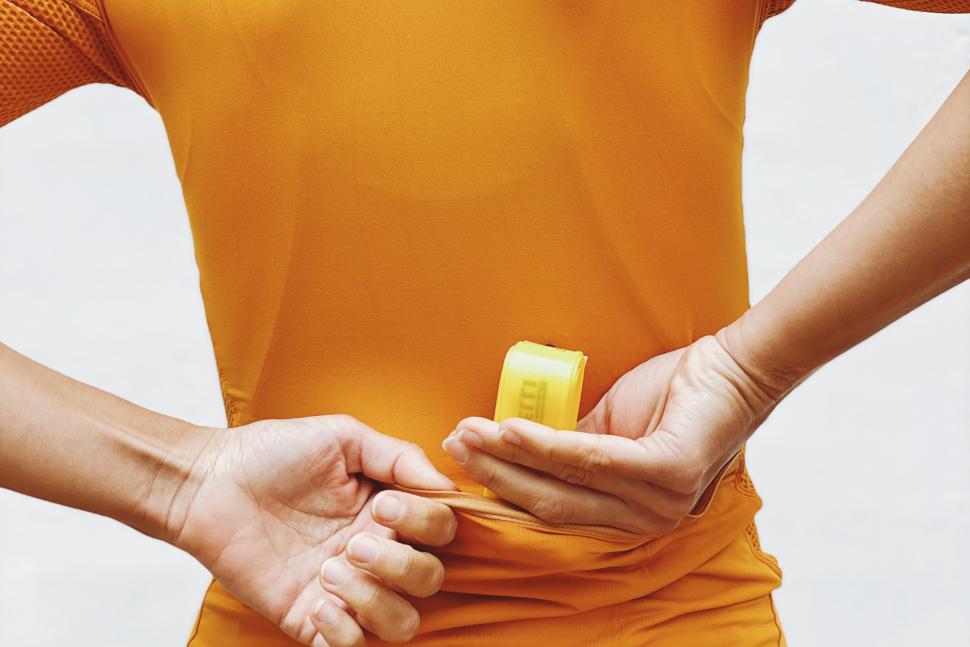

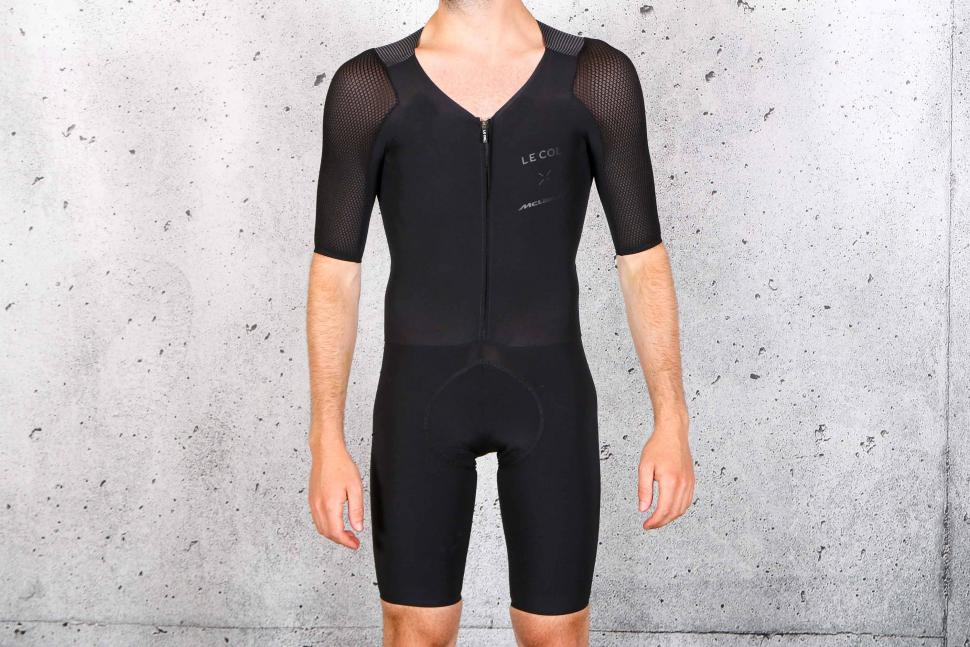

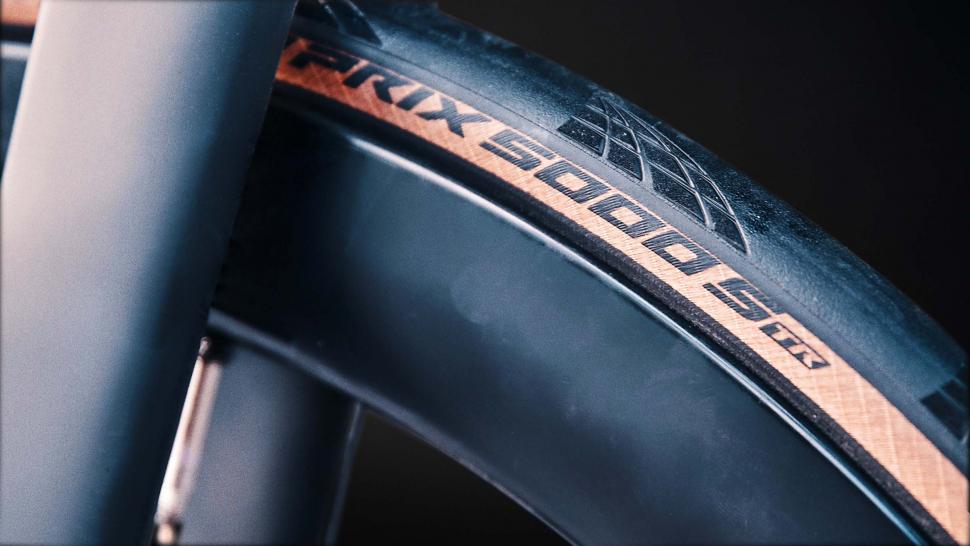
Add new comment
1 comments
The next manufacturer that says that their product saves 29 seconds over 25miles at 22mph or whatever will get a virtual slap.
It makes no sense, at all.